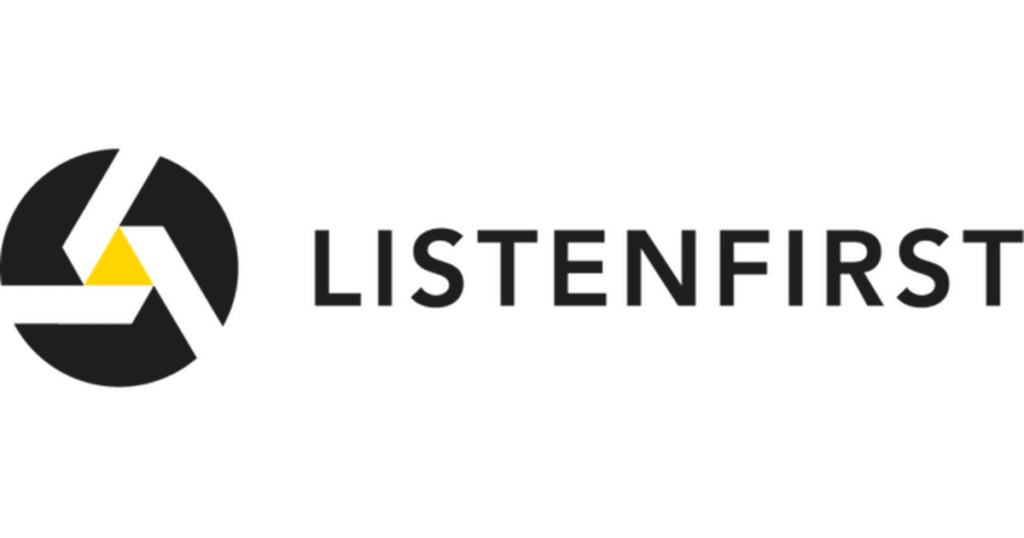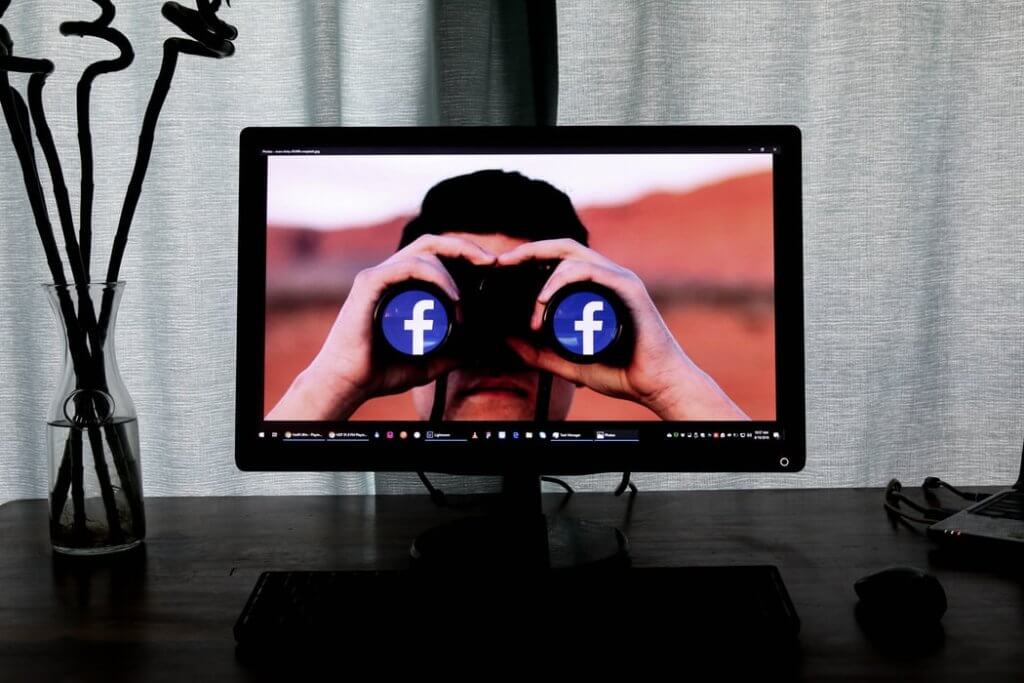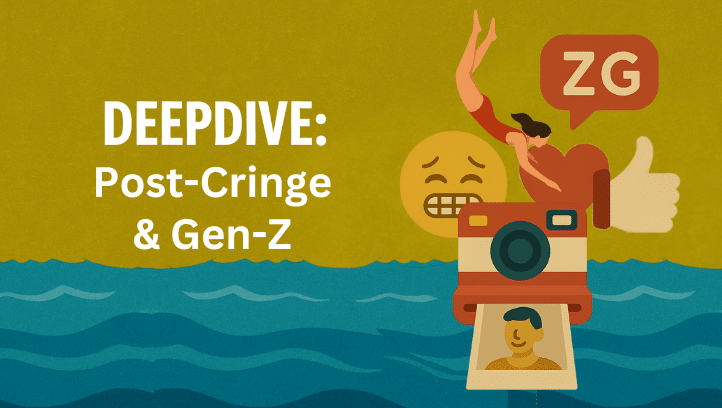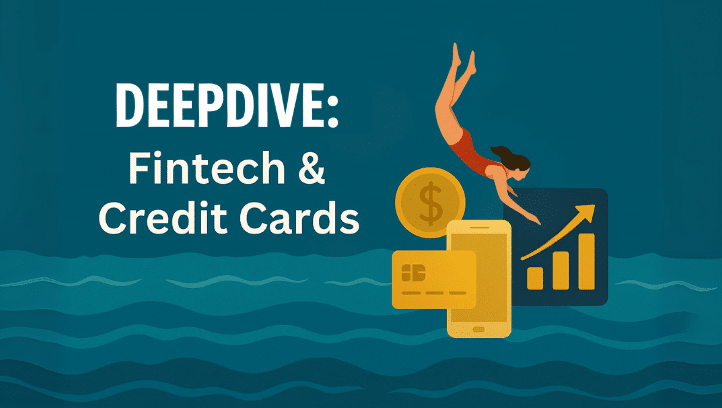As brands have become more vocal about speaking out on Black Lives Matter related conversations and with many of them pausing their Facebook related ad spends for the month of July, as part of the “Stop Hate For Profit” boycott, ListenFirst continues to monitor how these efforts are affecting the social media ecosystem.
Here are our top findings for the week of July 6-12, 2020:
1. Advertisers Continue to Stay Away from Facebook Platforms for Paid Ads
Between July 6-12, 2020 there were -76% less new Facebook and Instagram ads compared to the average amount of new Facebook and Instagram ads during those 7 days between 2018-2019. That’s pretty consistent with what happened during the first 5 days of the month, when there were -83% less new Facebook and Instagram ads compared to the average amount of new Facebook and Instagram ads during July 1-5 between 2018-2019. (Source: ListenFirst Data Co-op)
2. Boycott is Being Talked About Less on Social
There were 62K Tweets mentioning the hashtag #StopHateForProfit between July 1-12, 2020. That’s -57% less than the 146K Tweets that mentioned the #StopHateForProfit hashtag in the previous time period of June 19-30, 2020. That said, while people are talking about it less, the boycott campaign continues with ads down significantly year over year proving that actions speak louder than words.
3. Advertisers’ Organic Posting Is Down Significantly
So far in July compared to the last two years, 485 Top Advertisers brands are posting significantly less organically on all major social networks compared to the past two years. Looking at July 1-12, 2020 compared to the average amount of posts shared on those days during 2018-2019, Top Advertisers posted -41% less Tweets, -25% less posts on Instagram, and -11% less posts on Facebook. That’s consistent with a long term trend that predates the pandemic.
For instance, during every month between January – June 2020, the volume of posts that Top Advertisers brands shared on social media was down -4.47% to -27.83% compared to the corresponding month in 2019. That’s also true in 2019 when between January – June, the volume of posts Top Advertiser brands shared was down between -5.35% to -18.64% from the amount of posts they shared during the same month in 2018.
As top brands become more purposeful and targeted in their social media strategy, they’re shifting away from the mentality where posting more of everything is thought of as the only way to improve performance.
4. Black Lives Matter Protests Made a Bigger Impact on Volume of Posts than the Coronavirus
The biggest decrease in the number of new posts Top Advertisers have shared this year occurred in June when, during the height of Black Lives Matter protests, Top Advertiser brands shared 45K new posts on social media, a decrease of -28% from June 2019. By comparison, in March 2020 when the coronavirus was declared a global pandemic and brands were still unsure how to respond, they shared 59K new posts on social media, -14% less than the number of new posts they shared in March 2019. July appears to be a continuation of the Black Lives Matter related slowdown of new posts, as between July 1-12, Top Advertisers shared 19K new posts on social media; a -22% decrease from the number of new posts they shared during July 1-12, 2019.
5. Advertisers See Success While Cutting Back Organic Posting on Twitter
Though Twitter may be the platform where Top Advertisers have cut back the most in terms of sharing new posts in July, engagement is actually up. From July 1-12, 2020, Top Advertiser brands generated +12% more social engagement on Twitter than they averaged during those days during 2018-2019. In the same time period, Top Advertisers saw a -9% decrease in the amount of social engagement on Instagram, and -3% less engagement on Facebook.



